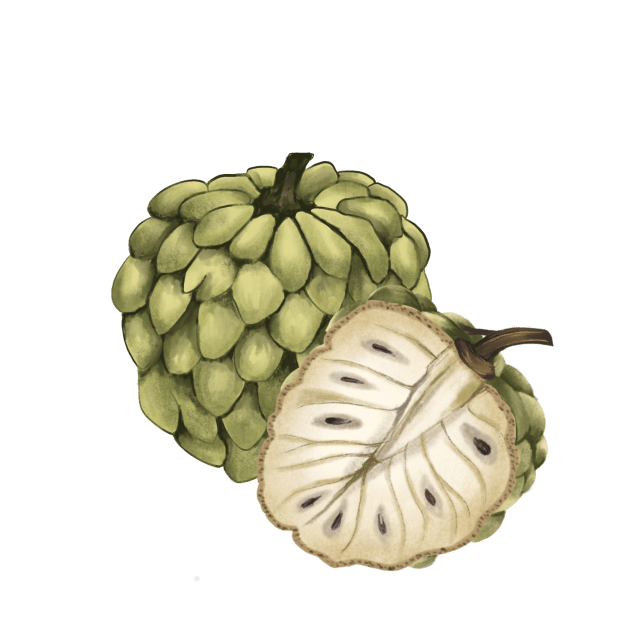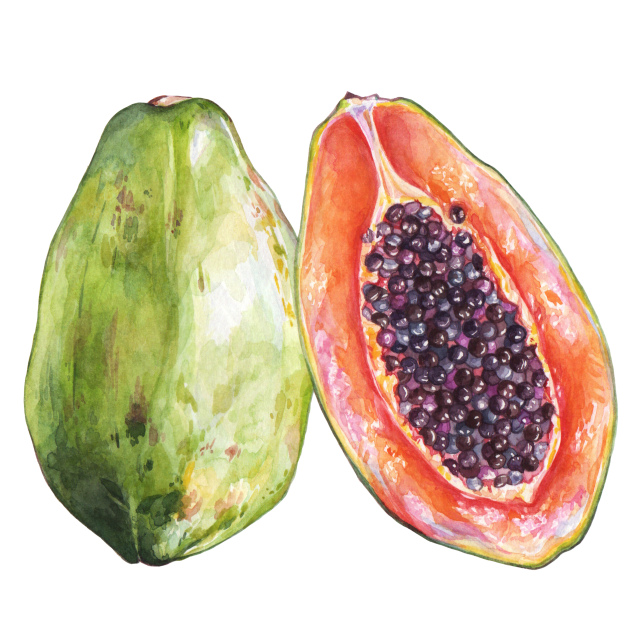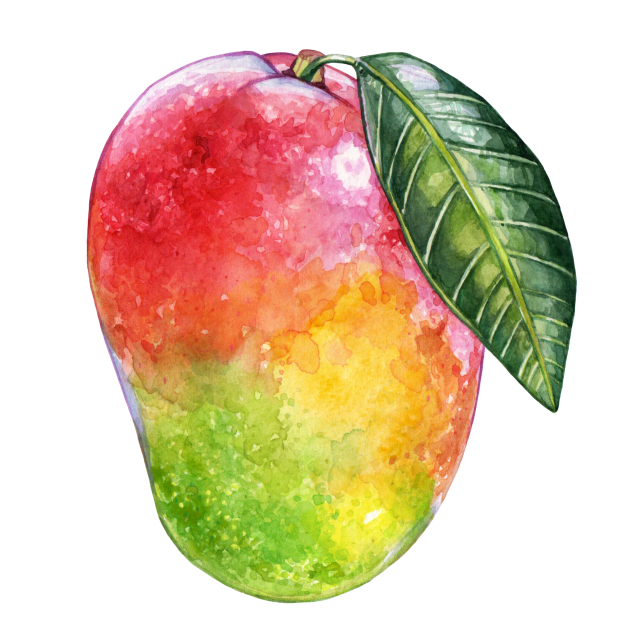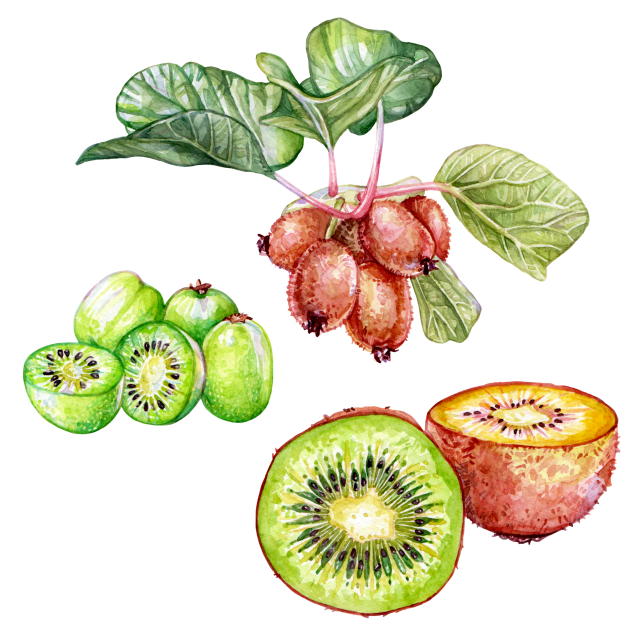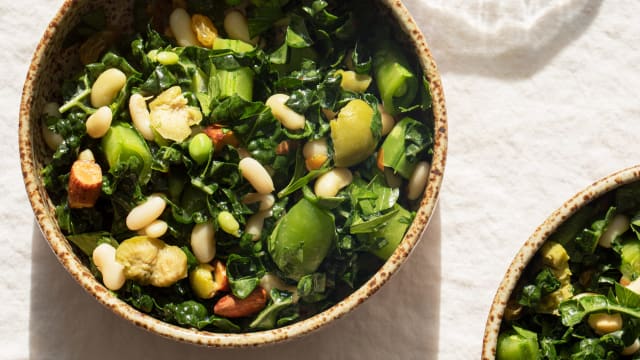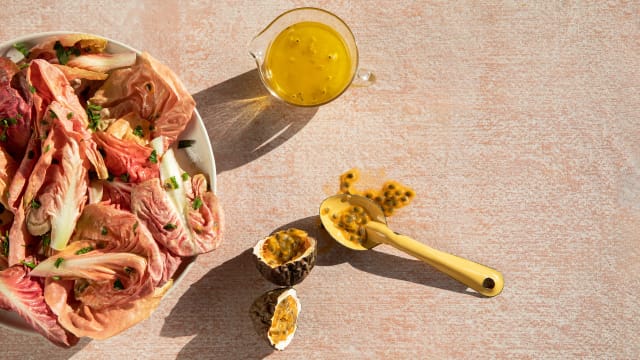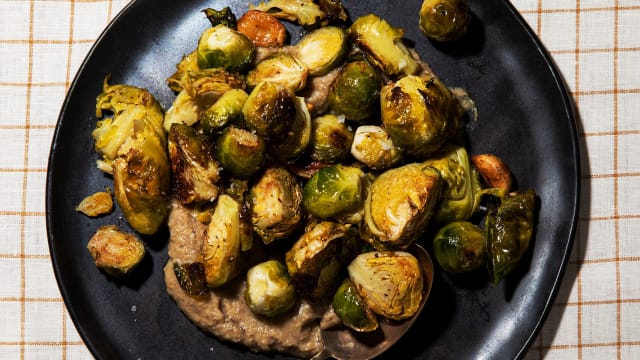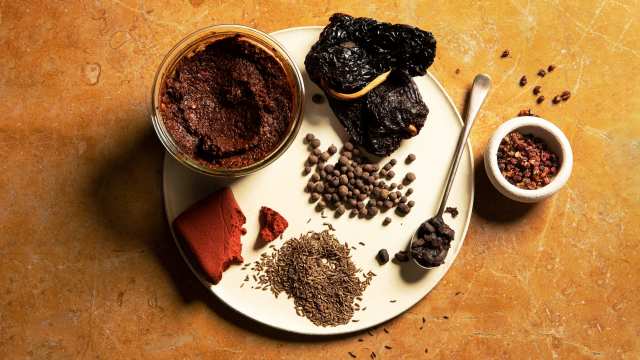Passion Fruit
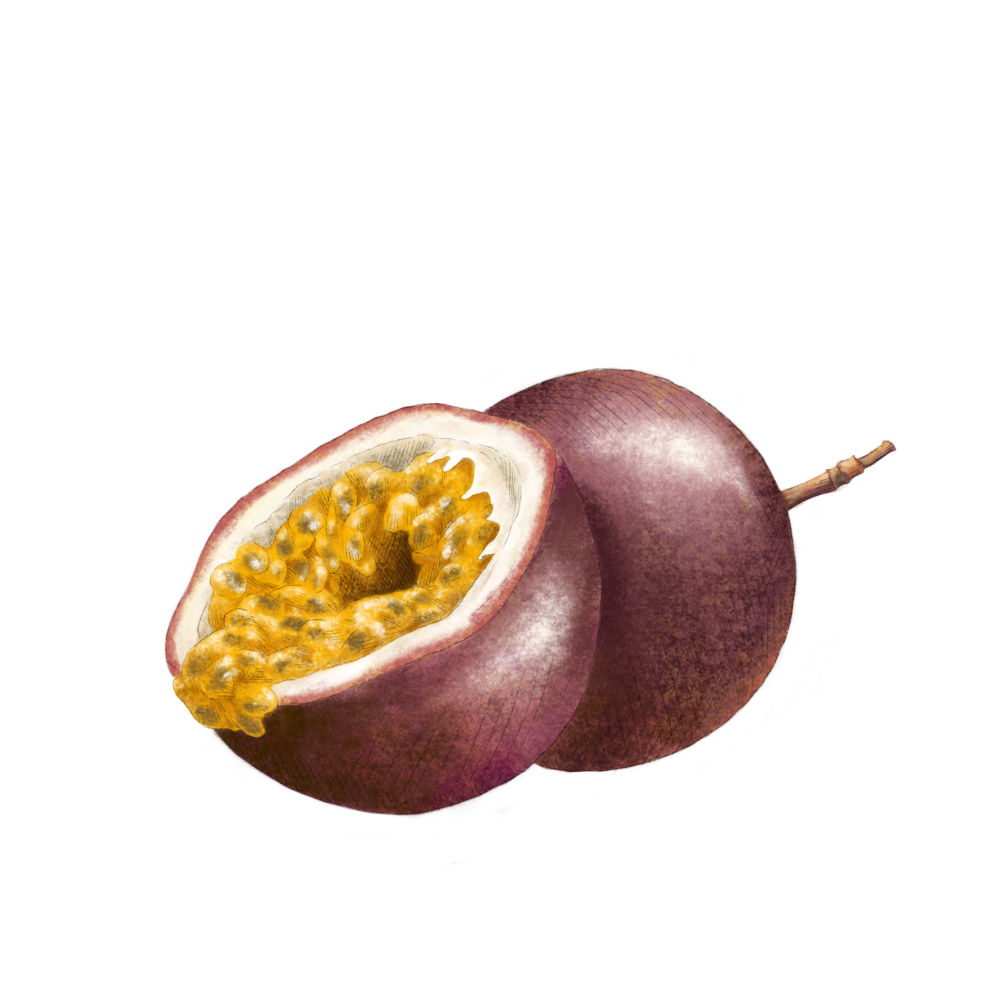
Latin name: Passiflora edulis, P. alata
Other names: liliko’i
Uses: fruit
What is passion fruit?
Passion fruit is a really weird plant. The blooms on the climbing vines look like psychedelic space probes, and these develop into a fruit that looks like an alien egg sac. Inside, a golden mass of fibrous pulp is filled with little black seeds. No wonder they’re in their own plant family — where else would they belong?
Why is passion fruit healthy?
If the name does not entice you, then the gorgeous purple shells will — and for good reason, as they house a rich supply of antioxidants. High levels of vitamin C and carotenoids support skin and eye health, boost the immune system, and lower inflammation. Plus, the seeds are an excellent source of fiber.
What does passion fruit taste like?
Passion fruit has an intense fragrance and flavor with a slight tartness similar to pineapple, mango, or kiwi. Sweet passion fruit (P. alata) has a higher sugar content, less acid, and a distinct aroma with hints of roses, citrus, and bay.
How do I use passion fruit?
Just cut it open and spoon the pulp onto the dish of your choice (or straight into your mouth).
What does passion fruit pair well with?
Passion fruit is typically paired with other tropical fruits (especially guava, mango, and pineapple), peach, and citrus in juices, smoothies, and as a sharp curd for creamy desserts. It’s also lovely with yogurt (in lassi), coconut and coconut milk, and sticky rice pudding.
Because of its aromatic compounds, passion fruit is also surprisingly cooperative with savory foods like pungent cheese and grilled vegetables. Try adding passion fruit puree to salad dressings and marinades. Passion fruit is often used with shellfish; for a plant-based option, brush grilled king oyster mushrooms with a passion fruit-vanilla beurre blanc.
Where does passion fruit grow?
Passion fruits are an American crop, originating in the tropics of Central and South America. Brazil is the top producer and consumer globally, but today they’re also grown in South Asia, Southeast Asia, and the Pacific Islands (its Hawaiian name is liliko’i).
How to buy passion fruit:
You can buy the fruit pulp frozen, or sometimes find the fresh article in Asian markets or groceries with well-stocked tropical produce aisles. If you can find fresh passion fruit, look for large, heavy fruit with wrinkled and dimpled, dark purple shells (a sign that they’re fully ripe).
Fun passion fruit fact:
Passion fruit was once the primary flavoring for a red syrup called fassionola, a popular ingredient in tiki cocktails during the tiki craze launched by Donn Beach (aka Don the Beachcomber) in the 1930s. Like falernum, it’s not much known today except in esoteric bar culture.
